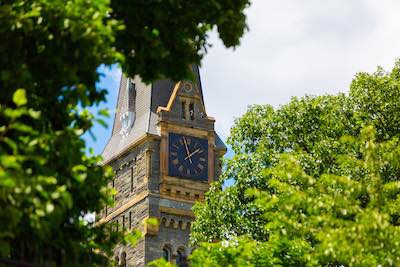The unearthing of the Dead Sea Scrolls was “one of the most important archeological discoveries of the 20th century,” says Colette Loll, Founder and Director of Art Fraud Insights and a student in Georgetown’s Doctor of Liberal Studies program. In addition to several large complete scrolls, over 100,000 fragments are now housed in Israel and Jordan museums. However, since 2002, many previously unknown textual fragments inscribed in Hebrew or Aramaic have surfaced on the antiquities market. They were believed to be newly discovered biblical artifacts belonging to the Dead Sea Scroll Discovery canon. But are these fragments real or fakes? And, does this distinction affect how we understand history? Indeed, it does, Loll tells Faculty Director Ariel Glucklich in this fascinating video. “Fakes can contaminate or even distort important paleographic, literary, and linguistic data sets,” she says.
